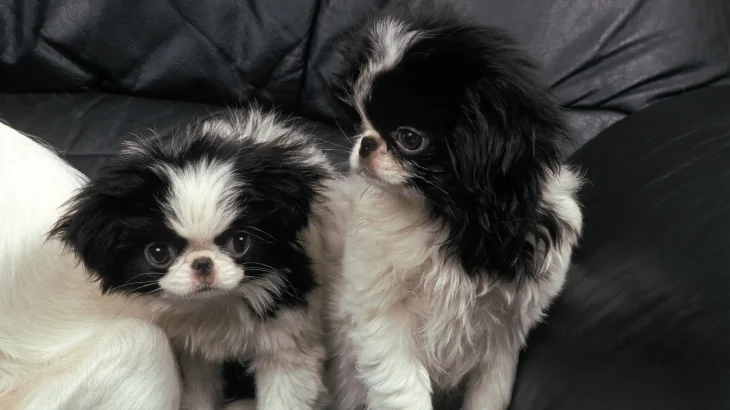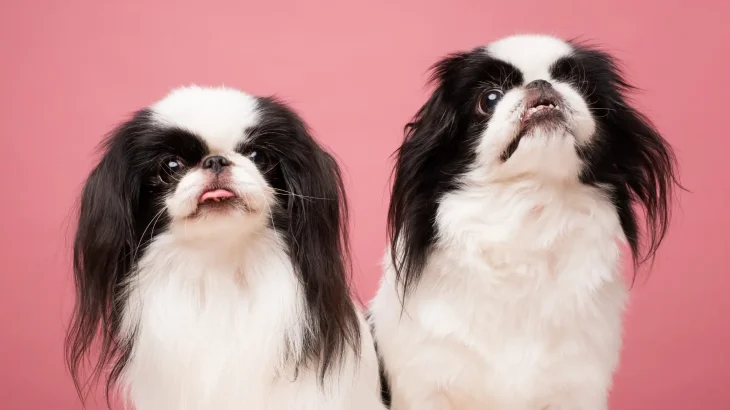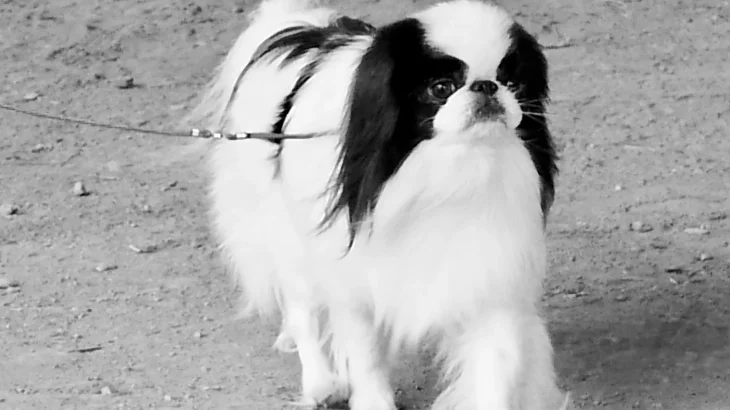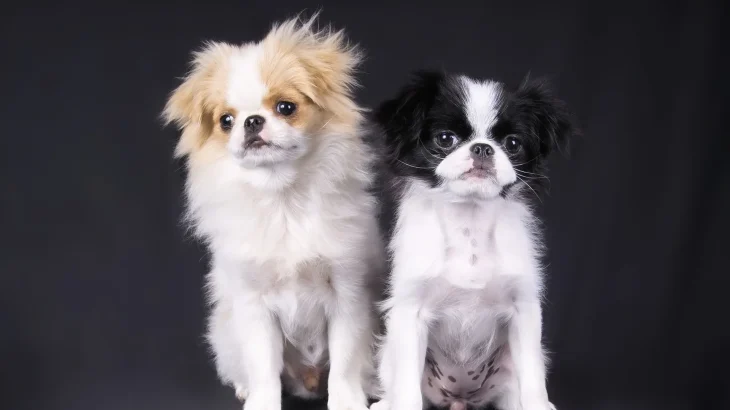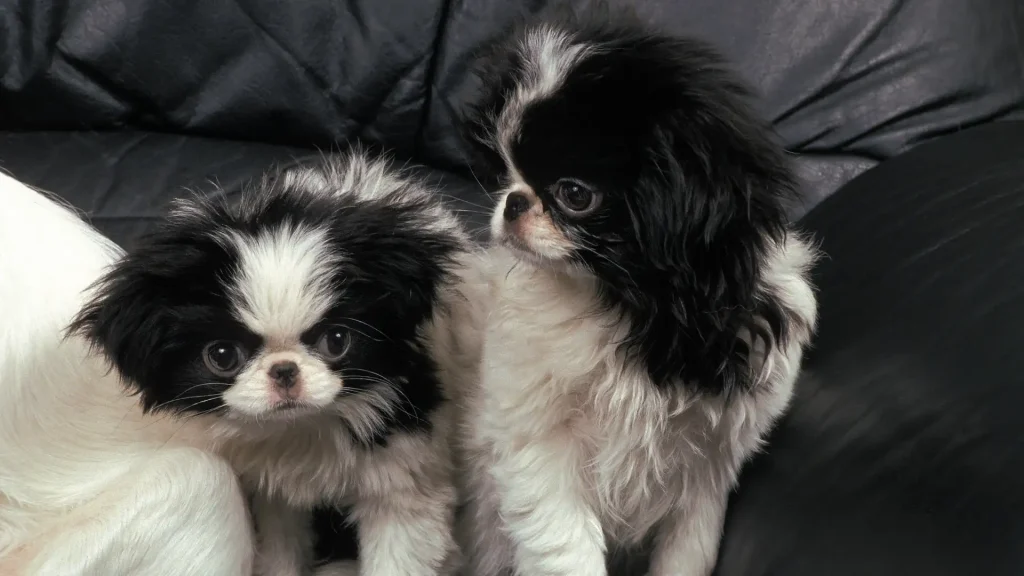Deciding whether to adopt or purchase a Japanese Chin puppy depends on factors like cost, health info, and age preference. Buying from a breeder often means more insight into the pup's lineage and health, while adoption offers the chance to give a loving home to a dog in need, sometimes with less background info.
Here's a comparison of adoption vs. buying from a breeder:
| Criteria | Buying from Breeder | Adopting from Shelter/Rescue |
|---|---|---|
| Cost | Usually higher, reflecting pedigree and breeder expenses. | Lower adoption fees, more budget-friendly. |
| Health History | Detailed health and genetic screening typically provided. | Health history may be limited; basic vet checks done. |
| Age Availability | Mostly puppies; you can raise from a young age. | All ages available, including adults for flexibility. |
| Temperament Insight | Breeders share info based on lineage and parent traits. | Rescue staff observe behaviors, but full background may be unclear. |
| Ethical Considerations | Supports breeder programs; choose responsibly. | Reduces shelter populations; gives dogs a second chance. |
| Breed Purity & Pedigree | Usually guaranteed with documentation. | Pedigree may be unknown or mixed lineage. |

